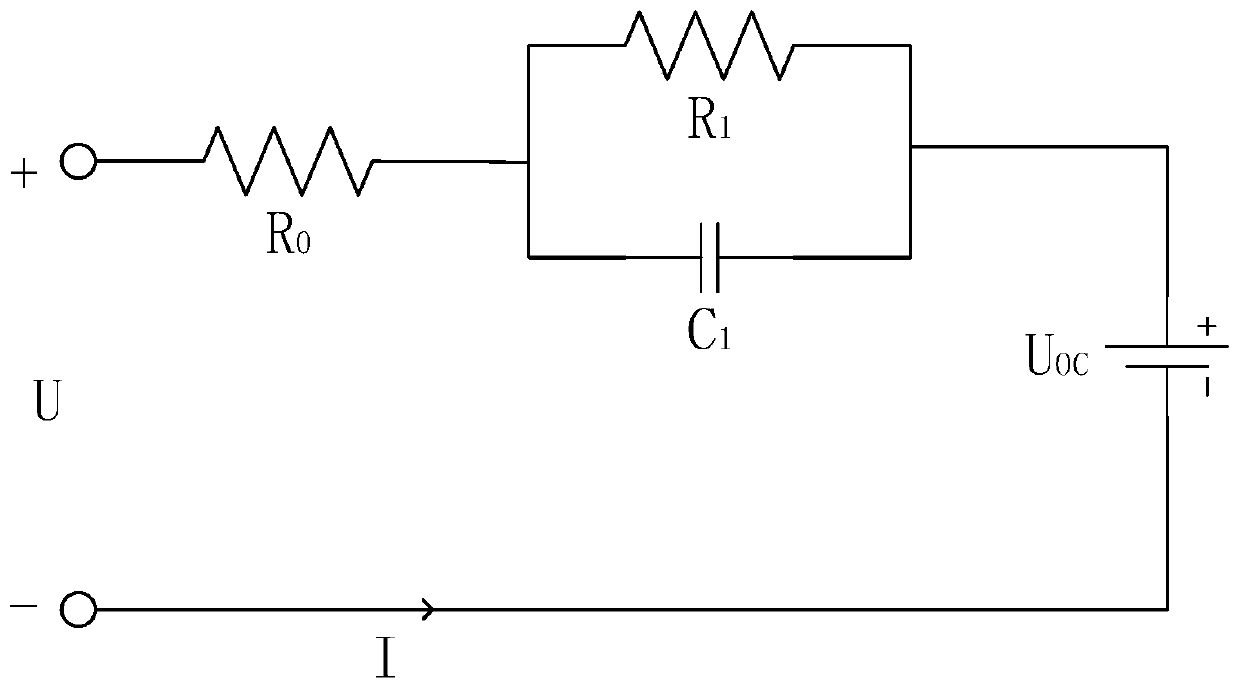Charging/ heating control method for electric car power battery
A power battery and heating control technology, which is applied in the direction of secondary battery charging/discharging, electric vehicles, battery/fuel cell control devices, etc., can solve problems such as uneven heating temperature distribution and battery damage, and achieve heating and charging. Avoid overcharging and reduce energy consumption
- Summary
- Abstract
- Description
- Claims
- Application Information
AI Technical Summary
Problems solved by technology
Method used
Image
Examples
specific Embodiment approach 1
[0017] Specific implementation mode one: the following combination figure 1 Describe this implementation mode, a charging / heating control method for an electric vehicle power battery described in this implementation mode, the specific steps of the method are:
[0018] Step 1. Collect the surface temperature T of the lithium-ion power battery, and determine whether the surface temperature T of the lithium-ion power battery is less than the preset temperature threshold T set , if yes, go to step 2, otherwise, go to step 8; where, the temperature threshold T set is a positive number;
[0019] Step 2. Collect the state of charge soc, terminal voltage U and current I of the lithium-ion power battery, and determine whether the state of charge soc of the lithium-ion power battery is less than the set threshold soc set , if so, go to Step 3, otherwise, go to Step 4;
[0020] Step 3: Use an external power source to charge the supercapacitor until the state of charge of the supercapa...
specific Embodiment approach 2
[0028] Specific implementation mode two: the following combination figure 2 Describe this embodiment. This embodiment will further explain the charging / heating control method for an electric vehicle power battery described in Embodiment 1. The first-order Thevenin equivalent circuit model inside the lithium-ion battery includes the ohmic internal resistance R 0 , Polarization resistance R 1 , Polarized capacitance C 1 and open circuit equivalent voltage source U OC ;
[0029] Ohm internal resistance R 0 One end of the connection is connected to the positive pole of the charging power supply, and the ohmic internal resistance R 0 The other end of the polarized capacitor C is connected at the same time 1 one end and the polarization resistance R 1 One end of the polarized capacitance C 1 The other end of the polarizing resistor R 1 The other end of the open circuit equivalent voltage source U OC The positive pole of the open circuit equivalent voltage source U OC The ...
specific Embodiment approach 3
[0030] Specific embodiment three, this embodiment is to further explain a kind of electric vehicle power battery charging / heating control method described in specific embodiment two, the formula of the lithium-ion battery first-order Thevenin equivalent circuit model described in step four is: :
[0031]
[0032] Among them, R 0 is the ohmic internal resistance, R 1 is the polarization internal resistance, C 1 is the polarized capacitance, U OC is the open circuit voltage of the lithium-ion battery, U is the terminal voltage of the lithium-ion battery, and s is the complex frequency.
PUM
 Login to View More
Login to View More Abstract
Description
Claims
Application Information
 Login to View More
Login to View More - R&D
- Intellectual Property
- Life Sciences
- Materials
- Tech Scout
- Unparalleled Data Quality
- Higher Quality Content
- 60% Fewer Hallucinations
Browse by: Latest US Patents, China's latest patents, Technical Efficacy Thesaurus, Application Domain, Technology Topic, Popular Technical Reports.
© 2025 PatSnap. All rights reserved.Legal|Privacy policy|Modern Slavery Act Transparency Statement|Sitemap|About US| Contact US: help@patsnap.com



